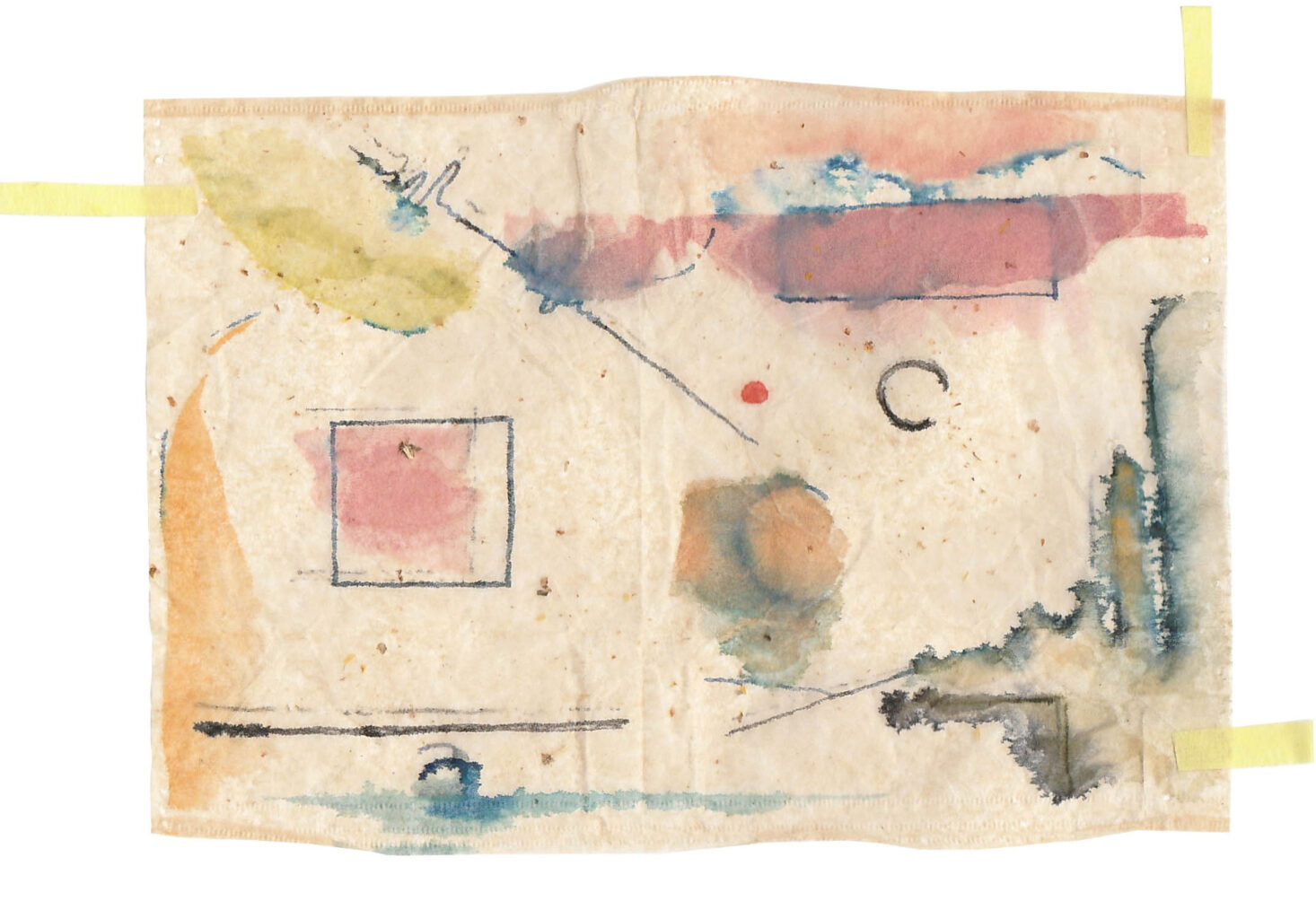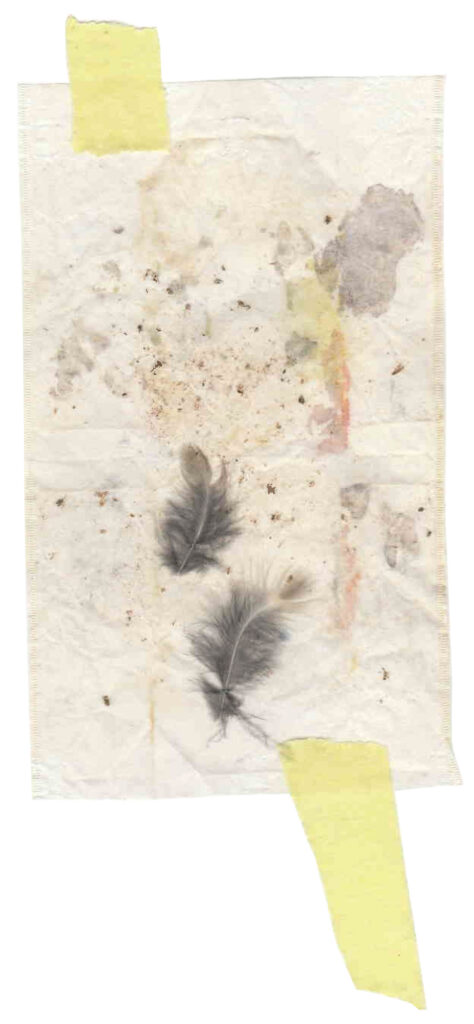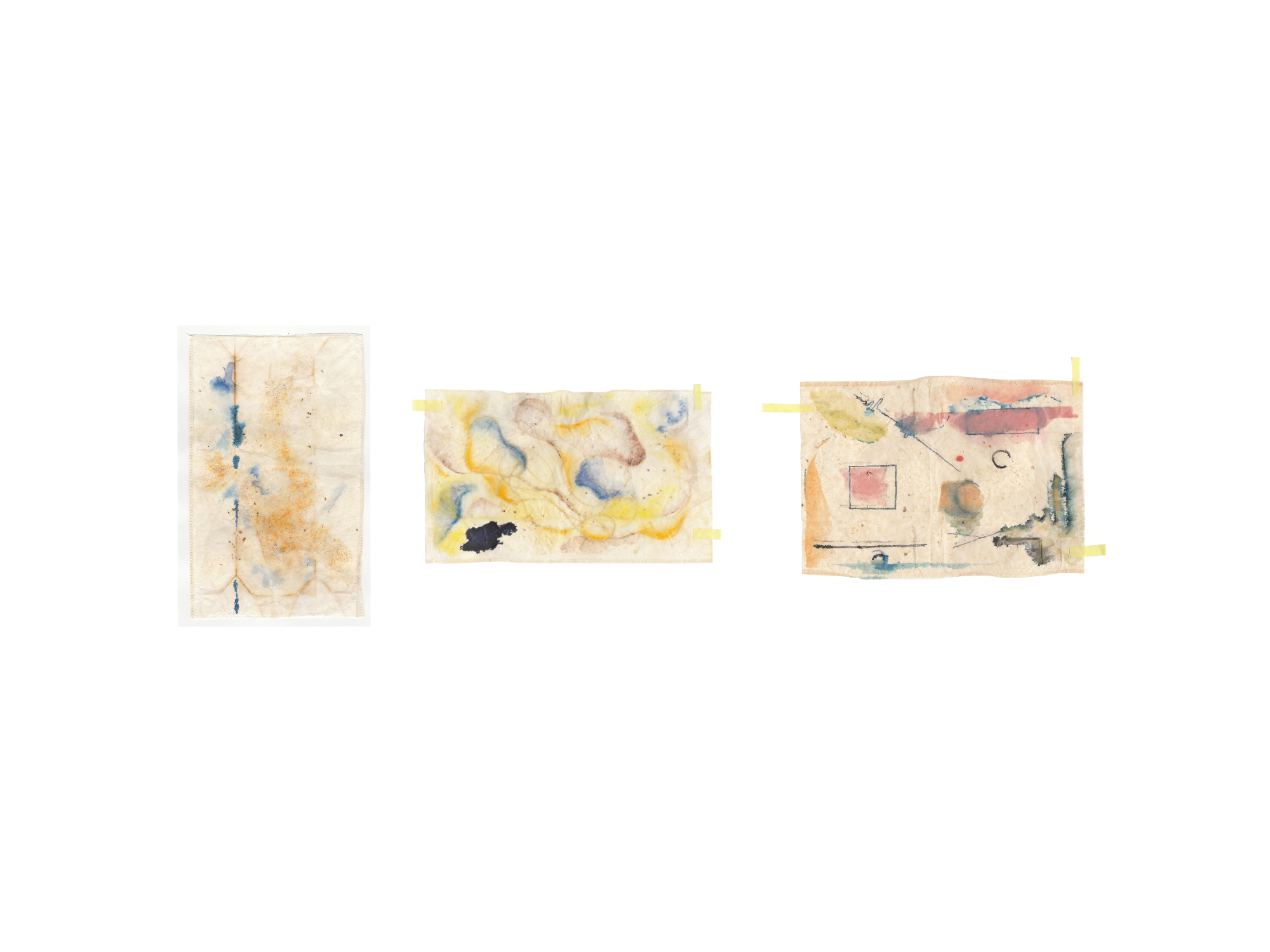Katharina Müller has been a professional musician on stages in Germany and around the world for almost 20 years. For the last nine years, she has been practicing another profession: she is a supervisor, mediator and coach, working with people in a wide range of social settings. Gilda Bartel interviewed Katharina about her work, the “space to pause” in a counseling session, and the question of whether we should become more musical with each other.
Counseling, coaching, mediation, and supervision—these fields have grown massively in the last 25 years. Have people become more open, or has the world become more complicated?
The complexity of life calls for a view from the outside. The feeling of “I don’t understand what’s going on any more” has increased, as if we can no longer draw so easily on our inner selves. People with very different worlds of life and thought are reflecting, discussing or meeting with each other. Yes, these fields have grown. This is also connected, in my view, with the fact that individual counseling is not psychotherapy, that is, it does not fundamentally pursue a therapeutic purpose. For a long time, “therapy” implied something negative, along the lines of “I’m not going to psychotherapy—it’s not as if I’m ill.” On the one hand, the threshold for going to a counselor is lower, and on the other hand, the variety of counseling approaches brings an initial clarification of the question: “which path do I want to take?” Professional counseling enables a focus to be set according to the client’s concerns. Is it about conflict, about the world of work, about individual and personal issues, about how they relate to each other? As I understand it, counseling is a diverse space of encounter.
Counseling is a bit more “grounded” than, for example, going to an ashram and seeking your spiritual self. Do you nevertheless experience your work as also being spiritual?
My attitude as a counselor is one of leaving people free, in the sense of artistic work. Counseling may perhaps already be spiritual but unfolds in action. I perform an opening. The possibility arises to come into harmony, into resonance with one another. I do a certain amount of inner and outer preparatory work: working through the thematic content as well as the consciousness and emotional aspects. When the door opens and the client comes in, all that is gone and I am present. It is a form of strong presence, like in a concert. I leave behind everything I have practiced, rehearsed, and thought through. I stand on the stage and open myself to the music that wants to sound through me. In this way, a resonance is created with the audience, with the listeners and, in the counseling situation, with the client.

Are you then like an orchestra in counseling?
Not in the sense of shared professional collegiality. Rather, we form a common resonance space in which individual freedom and relationship continually resonate with each other. In this sense we could speak of a piece of work that is created in the moment, in the process of counseling. The person who comes to me has a specific concern—they want to discuss something. These are concrete topics and there are accompanying parts: ostinati, upper parts, a certain rhythm, beat, and so on. No topic simply stands on its own. It is integrated into a context, into melodic, harmonic, rhythmic structures. This creates a common resonance space between us and the topics. All this resounds when I extend myself inwardly, when I make myself a vessel, just as I do on stage.
A vessel for what? On stage it is clear: a vessel for the music.
On stage, I am not the vessel for a musical piece, but for what wants to make itself heard through that piece. That is also how I feel in counseling. In the beginning I had a clear idea of the question I wanted to ask the person as a counsellor. And then it became apparent: the client enters the counseling room with their own resonances—the active questions only arise in the process of working together. This gave me the impulse to remain on the sidelines from all that concerns the other person. It is not abstaining, but refraining, from giving a solution. We like to focus on solutions—this is necessary in everyday life. But for a person to find their own way, I offer them a space without solutions, advice and suggestions. That is quite difficult. Many people cannot deal so easily with this idea of freedom.

How does this manifest itself?
They are irritated, they don’t know how it works, and they ask me if I have anything to suggest. For me it is precisely a matter of not expressing any ideas of my own. If someone explicitly asks how they can proceed with an issue, I sometimes, very cautiously, make a suggestion. There are counseling approaches that handle this quite differently—approaches that optimize, train, and brief people for specific purposes.
Do you have moments of frustration when you think someone doesn’t understand this?
No, just frustration with myself when I feel I don’t understand the other person’s language at that moment, or don’t understand how elastic their space is: how much relationship or indeed freedom they need in the moment. As a counselor, I am there to accompany clients in the space they have entered to develop themselves—and there are hurdles there, thresholds. When I sense that a client already bears a new answer within themselves, already thinks or feels it but does not yet have words for it, has not yet found the right terms, I sometimes offer a term or a gesture, a sound, as a kind of birthing aid for their own answer. By comparing something they have heard or felt, people probe their own concepts.

Does a person’s impulse to change something have an effect on their social setting?
If there is a conscious decision to leave an old space in order to raise a new attentiveness, there is also an impact on the surroundings. If I change an interval, that is, a certain sound space within a chord, the whole structure changes: the relationships of all sounds to each other are redefined. For example, whether we sit facing each other, or I turn my body to face away from you, makes a difference to the conversation, even if the space and distance seem to remain the same. Within the realm we share together, the whole changes when a single change occurs. A person cannot change the consciousness, the thinking, the feeling of another person. By looking at themselves, they stay with themselves. By turning to your space, you decouple something from the other and in a certain way also leave them free.
Within my work, connection and relationship play roles alongside autonomy. I work with individuals, couples and groups, with people who relate to each other and to other matters. There is always the question of how connection was, is or will be shaped? I did an exercise the other day: walking and looking backwards, as in retrospection. The future is then something I enter backwards while, at the same time, I see the past with open eyes. I come from there and I go somewhere else. I was attentively probing into the future with my back and feet while carefully standing in the now—being attentive to walking itself but also feeling that I am walking further and further away. At some point, the thread that connects me becomes thinner, more cobwebby, and eventually detaches so that I can, perhaps even consciously, turn around and face the future. How permeable is the actual moment in which being connected and being free meet? What kind of space is this? What happens there? It requires stillness or, we might say, a turning inward of the breathing. This creates a real pause and a space into which something new can flow.
Is the counseling process itself something like a space to pause?
The idea is indeed to create a kind of space for a pause from everyday life. And not to “go to the sauna” or “go for a walk” or “have a glass of wine with friends”, but to consciously open up a different space in which interactions with oneself, the environment, our employer, colleagues, society, our partner, philosophical questions, health, are reflected upon. It is a space to pause and work together, a free space where there is the possibility to explore oneself in relation to resonances.
Do your clients also perceive this as a benefit of counseling?
I don’t know if that’s a benefit at all—I wouldn’t judge that, but it is an aspect of the counseling process that I am very aware of, that I deal with consciously. There are people who get a lot out of it in addition to the work on the content; but there are also those that do not reflect anything in this respect. It is quite possible to become more “musical” in this way. I cannot judge whether this is good for the individual person in relation to their learning path. That lies in their freedom—each person forms their very own resonance vessel. I am constantly training myself not to touch this freedom. My adolescent son is a great help in this. That, by the way, is musical practice from my point of view.
In observing the breathing and the turning inward, the pause becomes essential. To drop, for once, the activities of interpreting and evaluating; to move from observing into stillness and to draw on this stillness. Counseling often shows that people do not even notice when they interpret something. They think they are describing something, but they are interpreting all the time. I listen not only with my head, not with my thoughts, not with my knowledge, but I listen with a certain state of soul, also with a certain state of the I. This also has something to do with “walking backwards into the future”. There I have to do something different from when I look and walk towards something. Actually, as a counselor I am in constant interplay between leading in a clear structure, with a seeing eye, and coming to tangible results in relation to the issues, and in doing so, enabling the client to perceive the subtle relationships among things—to look back in the now in order to come to be in the future.

So this kind of listening is actually a musical gesture found in the social sphere?
I think so. Musical practice—and by this I do not mean the drill of scales, etudes, caprices and rehearsal pieces—places us as a whole human being within cosmic-harmonic relationships. When you hum a tone and take it in completely, you not only hear yourself but feel yourself physically: you begin to resonate, right down into the skeleton. That is the wonderful thing about sound: it is immaterial and yet can be experienced through the material. When you stop humming, does a tone disappear? With two tones, relationship begins—two become many, because overtones and undertones arise as resonances. When we start to listen like this, we are already musical in a way.
Can you relate that to your musical biography?
I started playing the violin at the age of four. This soon became very intensive and filled a large part of my life. Daily practice, individual lessons, chamber music, rehearsals and concerts—I have spent virtually my whole life walking in the field of sounds, relationships, and structures. This richness, the exploration of each musical epoch, each work, its space of origin, the relentless daily practice in solitude, the instrument and the work, making music with others in the most diverse contexts—all of this has shaped and trained me in listening, in feeling, in grasping complex structures intuitively and intellectually. When music really appears as a being, it is a great moment. It was a path of inner education, in a way, and perhaps also a preparation for my current work, to be able to listen and understand—not only on a professional counseling level, but also on a musical and human level.
I had a client who talked and talked and talked. I asked him what he hears when he listens to himself speaking. Then he became quiet. That’s when the listening began. The pause is a break from the habitual. In the pause, sound continues until the moment when this thread of sound, this stream of sound, has completely dissolved, faded away, and the change of breathing has taken place. That is absolutely perceptible. It is the moment when something new can enter. Then the human being is a vessel into which something can flow.
The pause is essential. It can connect, it can continue, it can end something or start something. It is like a moment of creation to get to the next phase. With this kind of pause I’m describing an inner aspect of my work. I create these pauses for people in the counseling process. The person themself creates a pause in it, even if they do not yet know what the new thing is that is coming. Can you want the new? Yes and no. If I want to be too much of a charioteer, with my own imaginations and firm reins, I won’t get to that place. But connecting with the horses, sensing them, becoming one with the “nature of the chariot”, can get me there.
So should we become more musical with ourselves and with each other in the future?
Yes, that would be nice. The musical gesture of the pause opens an inner space, enables a sort of co-expansion. It is not outward appearance but inner quality. It is not something that is being illuminated but something that is shining from within. If you can think of listening as a form of meditation, then it would also be meditative sensing. Within a piece of music, every note, every pause has its place. If it is possible to explore the qualities that lie therein in our own lives, it may be possible to come closer to ourselves, to other people and to what the times demand—to be autonomous and connected at the same time. It’s about experience through practicing and practicing, again and again, just as you do the subsidiary exercises. And that is a choice.
Translation Christian von Arnim
Illustration Katharina Müller; pencil, chalk, ink, watercolour on tea bags as „conversation protocols“.













